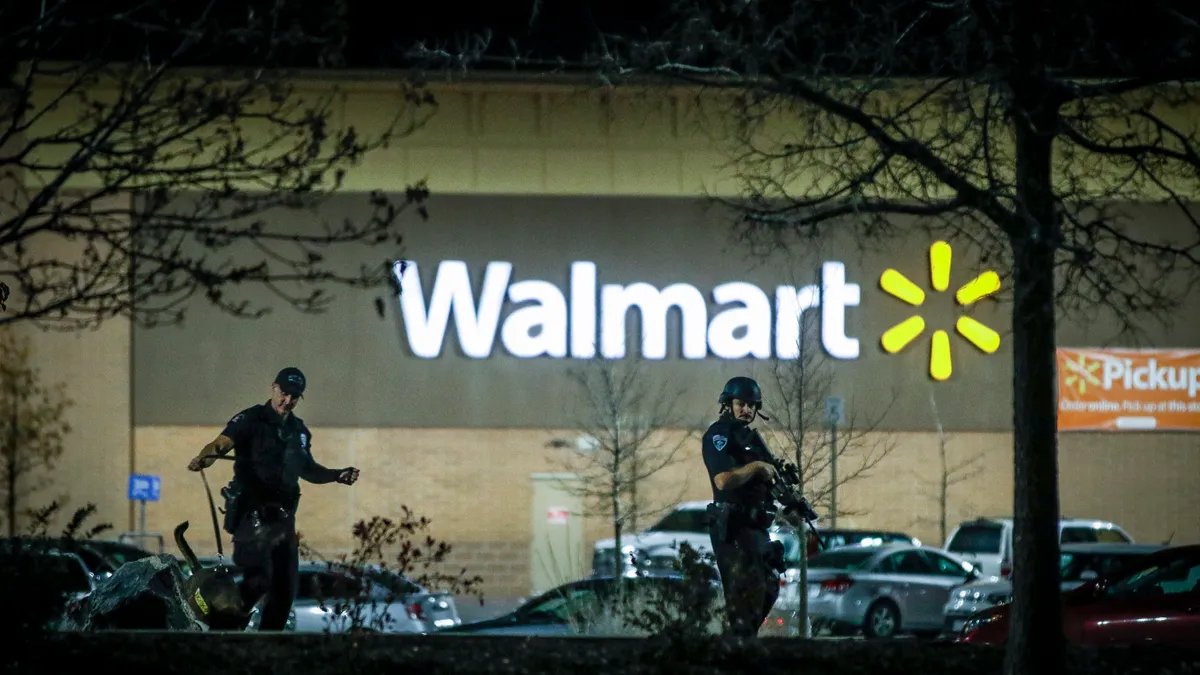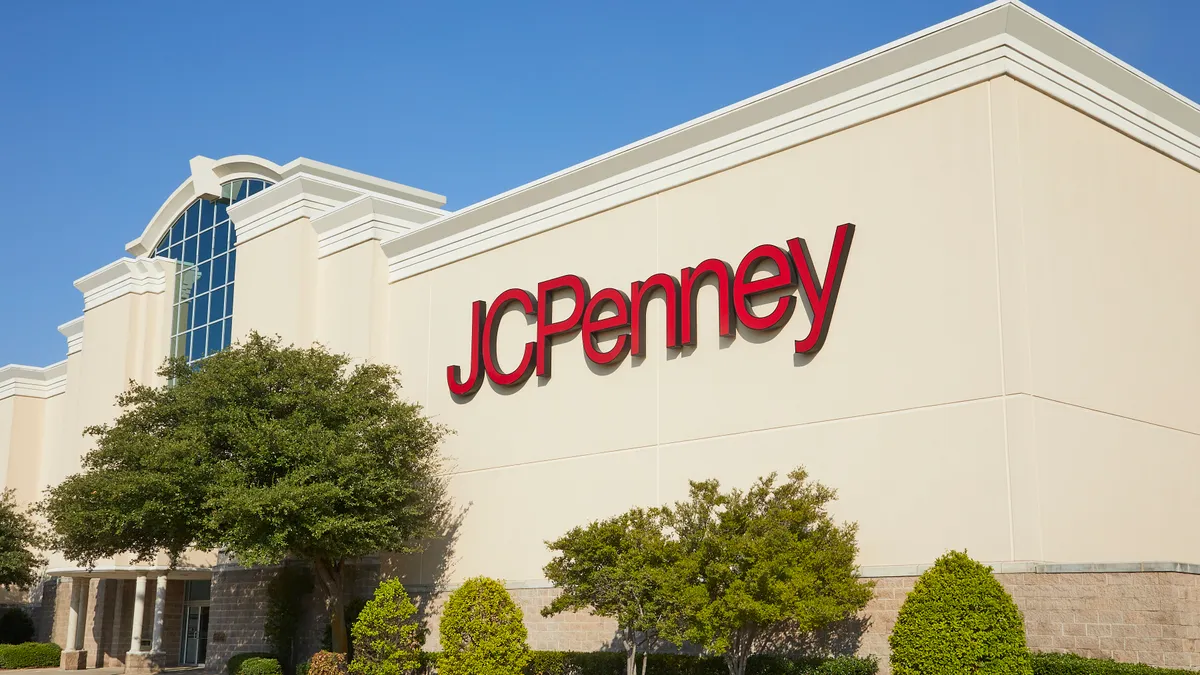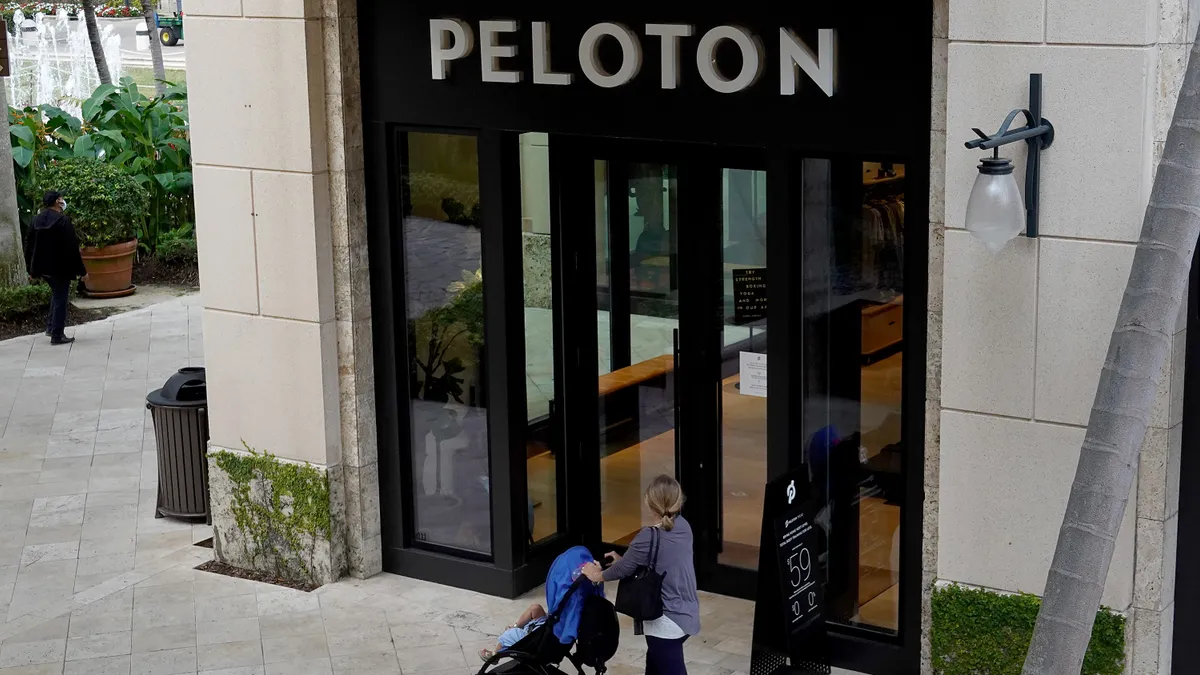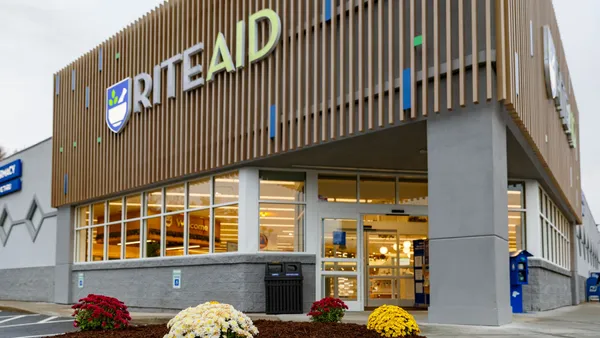Retailers and malls are reckoning with the harsh reality that they have become what the Federal Bureau of Investigaton and U.S. Department of Homeland Security call “soft targets” for mass shootings, which bring death and devastation to the communities where they operate and hurt their businesses in various ways.
Some retailers and malls are acknowledging their vulnerability in investor materials. In at least its last five annual reports, for example, Walmart has warned that “active shooter situations (such as those that have occurred in our U.S. stores)” is one type of catastrophic event that “could materially adversely affect our financial performance.” In the last two years, Simon Property Group has similarly included “mass shootings” among concerns that could keep consumers away from in-store shopping.
The rise in such incidents has led insurance companies, starting less than a decade ago, to develop policies that support retailers and malls on a variety of levels.
Why now
While retail locations have been the scene of a mass shooting in every decade since the 1970s, more than half of the attacks in shopping areas have occurred in the last 15 years, according to the Violence Project. The FBI, in its most recent report on active shooters, an analysis of 2022, found that nearly half the year’s 50 incidents happened in open spaces, following by places of commerce (28%), education (8%), houses of worship and government (4%) and health care (2%).
Industry groups like the National Retail Federation and ICSC offer training and advice on how to prepare for and respond to these events.
Insurance covering active assailant events grew out of this growing threat, according to Lucy Straker, focus group leader for U.S. political violence and deadly weapons protection at insurance company Beazley. After 9/11, insurance companies including Beazley began offering coverage for terrorist events that brought about loss of life, property damage and business interruption on a massive scale. More recently, several insurers have begun to offer coverage for mass shootings.
“What we saw subsequent to 9/11 is the emergence of lone wolf-type attacks, carried out using readily available materials — knives, guns, etc.,” Straker said by video conference. “They do have a terroristic intent, but weren't necessarily aligned to a particular group. And it was more than your everyday gang violence. It was individuals who are pissed off with society, and mentally ill individuals.”
The FBI and Department of Homeland Security consider stores and shopping centers ‘soft targets’ for active assailants.
This means that, while the human cost remains catastrophic, the physical fallout from these events is usually limited to damage like bullet holes and broken windows. The consequences for the business varies depending on the scale of the business and other factors, Straker said. Last year, for example, when a gunman with a semi-automatic rifle opened fire and killed eight people, the Simon-owned Allen Premium Outlets near Dallas was closed for weeks.
To better address this need, Straker’s team developed what they called “active shooter” coverage, now broadened to “deadly weapons” coverage to include anything that causes severe bodily injury.
“I don't think anyone's aware in America of their vulnerability. I think every single business person in America sits there and goes, ‘It won't happen to me,’ until it does,” she said. “Retail is a soft target. The very nature of stores and malls makes them vulnerable. You've got large numbers of people coming in, day-to-day shoppers, families going to the mall for the weekend. You have a huge percentage of these people carrying shopping bags, and most of the time no one's checking bags. People are coming and going through multiple entrances and exits. So a shooter could literally walk in with a gun in a bag and no one's going to even notice.”
What is covered
This type of insurance is still evolving, a process that cyber insurance and employment practice liability insurance both went through before coverage and pricing normalized, according to Chris Hansen, president of Snug Harbor Risk Consulting.
“My experience has been that any time a new insurance product is introduced to address an emerging issue, coverage tends to be limited and pricing tends to be high due to the fact that so much is unknown,” Hansen said by email. “This makes the underwriting process critical, and companies looking to access this coverage will certainly want to differentiate themselves from the rest of the pack by demonstrating that they already have the programs and technology in place to protect their employees and guests.”
“Retail is a soft target. The very nature of stores and malls makes them vulnerable."

Lucy Straker
Focus Group Leader, U.S. Political Violence & Deadly Weapons Protection, Beazley
Coverage and approaches differ by insurer as well. At Beazley, the programming includes prevention, crisis response (including during an attack) and insurance indemnification. The company also provides information about what a retail outlet is likely to encounter and what best practices would be. Coverage can be designed for an individual store or mall, a chain of businesses, or a group of high street stores could pool together.
“The third party liability is going to be the biggest and most important piece of the puzzle when it comes down to the insurance indemnification,” Straker said. “Someone is inevitably going to sue whether you are negligent or not.”
Should retailers get coverage?
The vast majority of retailers and malls don’t carry this coverage, according to Straker, who noted that it’s relatively new and sometimes confusing. Unsurprisingly, she believes that — given how exposed retailers and malls are to active assailants, how difficult these episodes are to prevent and how costly they can be — coverage is advisable.
“These events are catastrophic. You're looking at loss of life. We want to come in and hold your hand and we want to make sure that you are doing the right thing,” Straker said. “It's providing counseling, it's about hot food packages. But on the back end, you are also going to face liability, and that could completely cripple your brand, your reputation. And so you need to make sure you're also dealing with crisis responders who are not only going to be there doing the initial cleanup, but they're also going to help you build and protect yourself in a court of law if necessary.”
Some states have enacted or are considering regulations obligating retail companies to have safety plans in place, which can make them liable for damages if their plans don’t meet the requirements, according to Straker.
But according to Hansen, who has worked with major retailers like Walmart and Rite Aid, it depends on the level of risk a business can take on, what their existing liability coverage is and how much that new coverage would cost.
“Retailers desiring to limit their potential risk or to fill a coverage gap should do their due diligence to understand the extent of coverage being offered, and should strive to present their specific risk to the underwriter in the most favorable light in order to achieve the best possible result,” he said.























